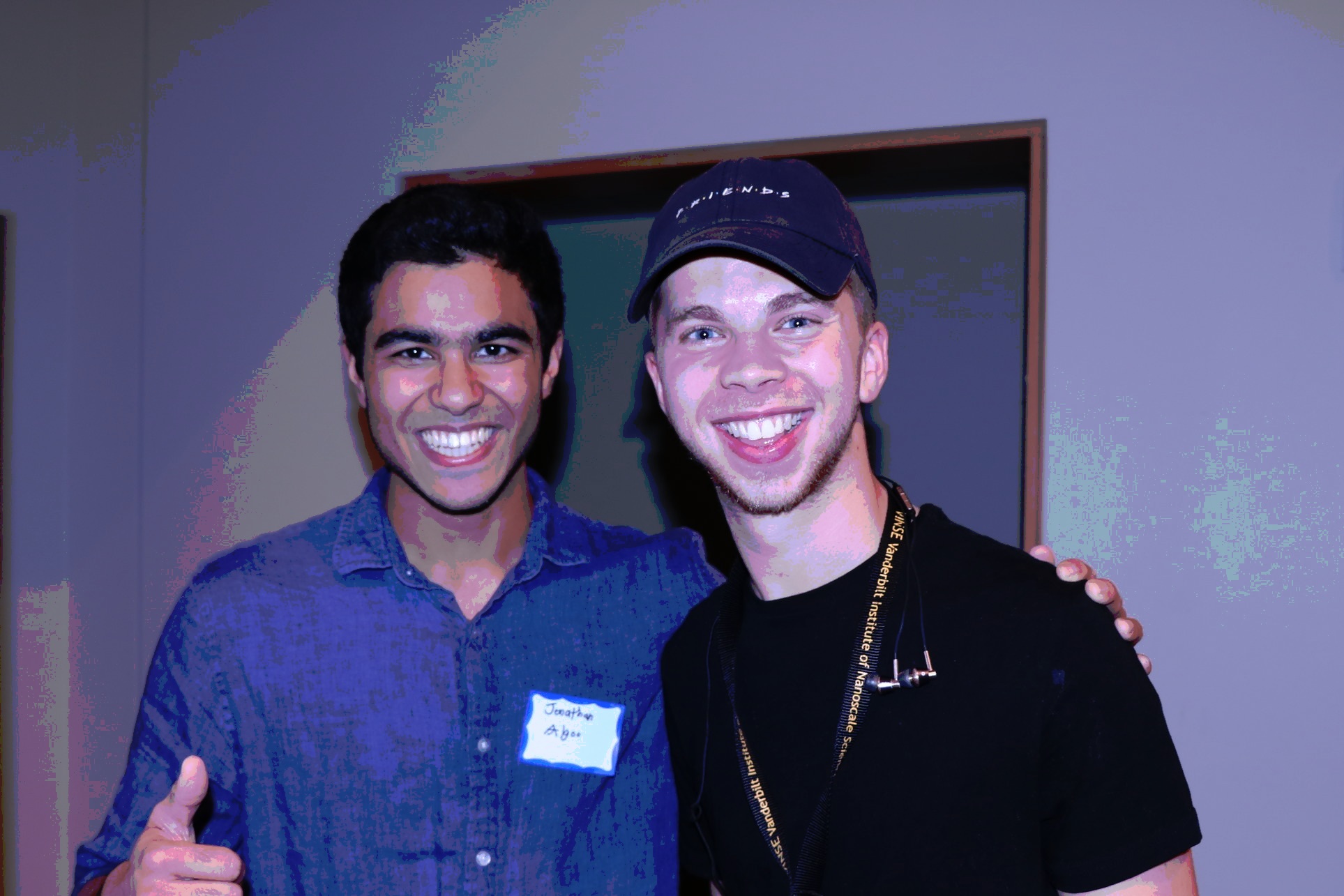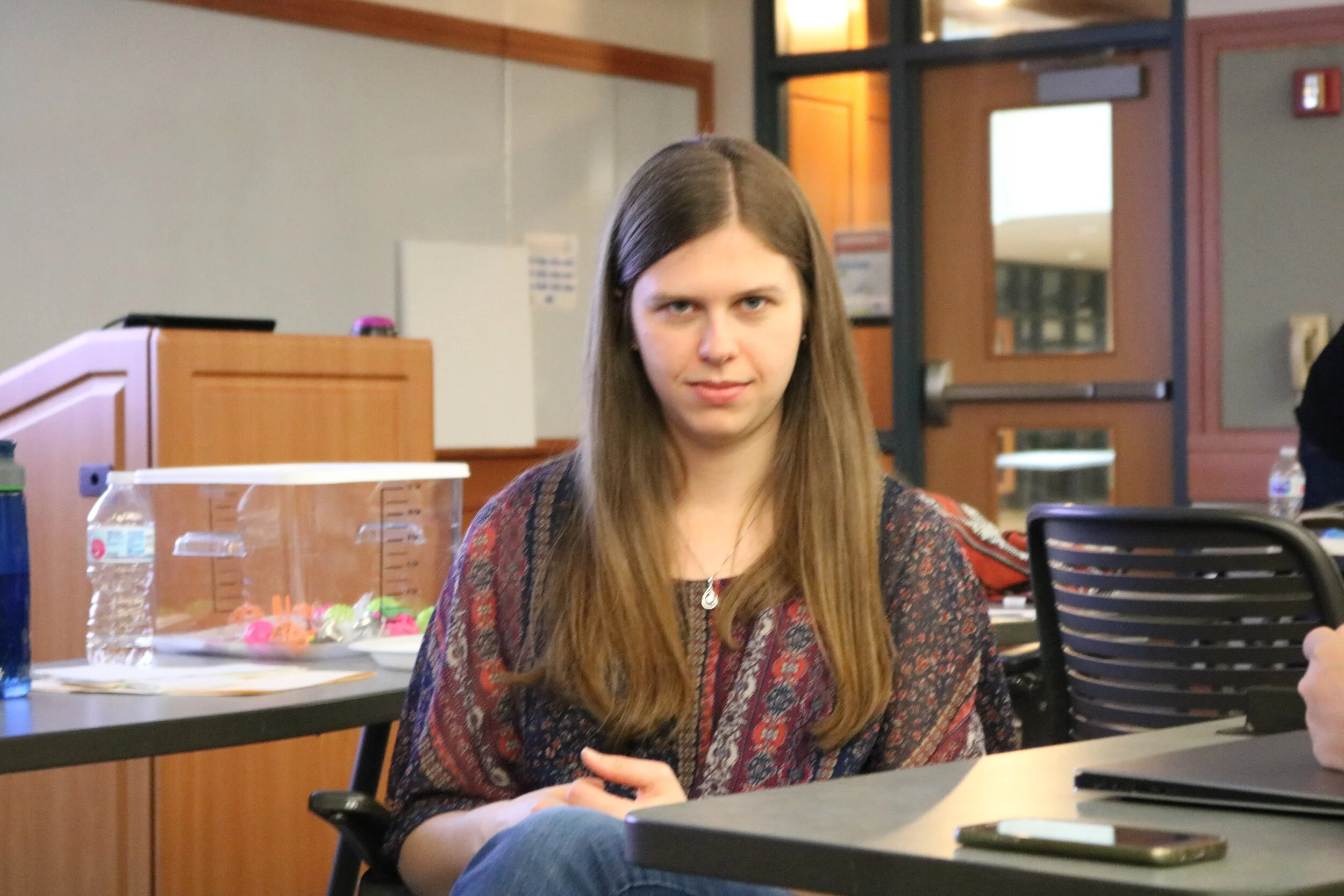Communicating with Mentors

Introduction
Probably the most important take-away from this research guide section is the following: no two mentors are exactly the same. This guide will give you tips on various types of interactions, suggested tone and frequency, etc., but it is up to you to get to know your mentor and adjust these suggestions to fit your mentor’s unique personality and preferences. For further advice on working with mentors and developing professional relationships, see the Relationships section of the research guide under Professional Development.
Potential Mentors
For an undergraduate who has not yet had a research experience, it can be intimidating to talk to research professors about joining their lab. With the tips in this section, however, you can be confident in asking a potential mentor for a meaningful research experience.
Order of Operations
1. Decide what type of research you are interested in and look for labs available to you.
Details on this process can be found in the How to Join a Lab section of the research guide
2. Email professors who run the labs that do the research that you find interesting.
Be courteous, direct, and brief.
Ask to meet with them to discuss research opportunities in their lab.
Include if you are taking research for credit, will be sponsored by another program (e.g. SyBBURE), or have some other source of funding.
An example email requesting a meeting and research experience is included below.
Additional details on this process can be found in the How to Join a Lab section of the research guide.
3. Meet those professors, tour their labs, and be introduced to their lab members.
Details on this process can also be found in the Lab Culture and Finding the Right Lab section of the research guide
4. Choose the mentor and lab experience that seems right for you.
Details on this process can be found in the Choosing a Mentor section of the research guide
Example Email Request for Research Experience
Professor X,
My name is Jean Grey, and I am interested in meeting with you to discuss gaining a research experience in your laboratory. I am a freshman undergraduate at Vanderbilt and a member of SyBBURE, the Searle Undergraduate Research Program (www.sybbure.org), which provides professional development, resources, and financial support for my research endeavors. As a member of this program, I am looking to join a lab to start a research experience by the end of February.
Although I have no prior experience with mutagenesis studies, I found the description of research on your website fascinating, and I am enthusiastic to learn more about working with transgenic mouse models. I would love to discuss more in person, and I have listed my availability below. If these times do not work for you, please let me know and I will provide additional availability.
Potential meeting times:
Monday, March 2: 10a-12p or 2p-5p
Thursday, March 5: 8a-10a or 3p-4p
Monday, March 9: 10a-12p
Tuesday, March 10: 11a-2p
Thank you so much for your time and consideration. I look forward to meeting with you soon.
-Jean Grey
Established Mentors
Some mentors are micro-managers and will want to talk to you daily and in-person. Some mentors are very hands-off and will expect you to show them all your progress in a meeting once per semester. Some mentors may be developing their mentorship skills or will try altering to fit your preference, so their approach changes over time. Hopefully your mentor will fall somewhere between the extremes and that their management style complements your work style. If there is a type mismatch, try to work with what you’re given so your research experience can still be a success.
Mentors to Establish
Principal Investigator (PI)
Ultimately, a PI will be your official mentor, and it is a PI who will agree (or not) to allow you to do research in their lab. It is important to make a good impression and have a PI on your side, because the PI will also hold a graduate student/post doc/research assistant professor responsible for mentoring you.
Graduate Students, Post Docs, and/or Research Assistant Professors
Likely, as an undergraduate, you will be paired with a graduate student who will be your direct mentor. This will depend on the current members of the lab and who is available to take on a mentee. If you can find a way to get along with this mentor (which may be easy or fairly difficult, depending on their personality and other commitments), your research experience will likely turn out better.
Types of Communication
E-mail
Face-to-face
Scheduled meeting
This is the best way to be sure that your mentor has set aside time to focus on your progress and your project. The length of this type of meeting will typically range from 15 minutes to 1 hour. You should arrive on time and prepared for the discussion.
Schedule meetings via email with a brief description of your agenda. Alternatively, you can use a pop-in meeting to schedule a longer meeting, as described below.
If you need to cancel a previously scheduled meeting, provide your reasoning (as much information as you feel comfortable sharing), apologies, and an alternate meeting time.
Pop-in meeting
If you have a quick question and your PI has an open door policy, it should be fine to stop by their office to ask.
Knock before entering and instead of getting right to business, ask if they have a minute to answer your quick question.
Stay aware of the time and try not to let a pop-in meeting last longer than 15 minutes. If you take advantage of your PI’s time too often (by asking for a minute and then staying 20 or more minutes) they may not be willing to allow future pop-in meetings.
If you expect the conversation will require 20 or more minutes, ask if they have time later that day or week to sit down and talk to you about your topic. This lets your PI choose a time that works best for them, which can make any conversation go more smoothly, and is often a quicker way to connect than scheduling a meeting via email.
Phone
Phone meetings are not as common as email or face-to-face meetings, but some PIs may use this type of communication more than others.
Other
It is possible that your mentor may prefer text messaging, GroupMe, Google Hangouts, etc., but unless your mentor specifically requests communication in another form, stick to the previous bullet points.
Email Etiquette
Read emails from your mentors promptly. Try to check your email at least once a day.
Respond within two business days or sooner. If you need more time to prepare deliverables or a response, send a courtesy message with information you have and a realistic timeline of when they can expect a full response.
Check that your email drafts include any mentioned attachments before clicking send.
A good email from an undergraduate researcher to their mentor should consist of the following components:
1. Recipient title and name
“Professor X,”
2. Nicety
“I hope your week has been going well.”
3. Reason for contact
“I had a few questions about my research project that I was hoping you might have time to answer.”
4. Problems, attempts, and solutions
“I am not sure how many replicates I need to perform for my experiment.
“I talked to some other students and read through some papers from our field, but everyone has a slightly different opinion ranging from 3 to 10 replicates.
“I think that 5 replicates will be sufficient. What is your suggestion?”
5. Restate request
If your email is more than a few sentences long or has three or more questions/requests, politely and concisely restate exactly what you need from your recipient. A numbered list can help them easily respond without missing any of your points.
6. Sign-off
“Thank you very much for your time and assistance.
“Best wishes,
“-Jean Grey”
If it will help, include your contact information, major, associated lab, etc.
More details on how to communicate via email can be found in the research guide under Professional Skills > Relationships > Digital People (i.e. emails).
Accumulate Positive Interactions
A sure way to establish a positive relationship with your mentor is to have more positive communications than negative ones. Positive interactions can include many things, but some examples are:
You smile in passing
You are present in the lab
You are a good communicator
You are prepared for meetings
You meet deadlines
You do what you say you are going to do
You take initiative
You ask how your mentor’s day is going before asking for favors
A positive relationship will benefit you in more ways than you may expect. Hopefully you are altruistic, but if you need motivation to be nice, some potential benefits of building a positive rapport with your mentor could include:
Your mentor likes you and is nicer to you
Your mentor spends more time on your mentorship and professional development
Your mentor is more understanding about a missed deadline
Your mentor has an opportunity to offer and thinks of you first
Your mentor advocates for you when necessary
Your mentor is willing to write a strong letter of recommendation on your behalf
References & Further Reading
Communication with Mentors, Alex Jolly, Team SyBBURE Training Module, June 24, 2019
Professional Relationships in Research, Jonathan Ehrman, Team SyBBURE Training Module, October 11, 2018
https://medium.com/@lportwoodstacer/how-to-email-your-professor-without-being-annoying-af-cf64ae0e4087





